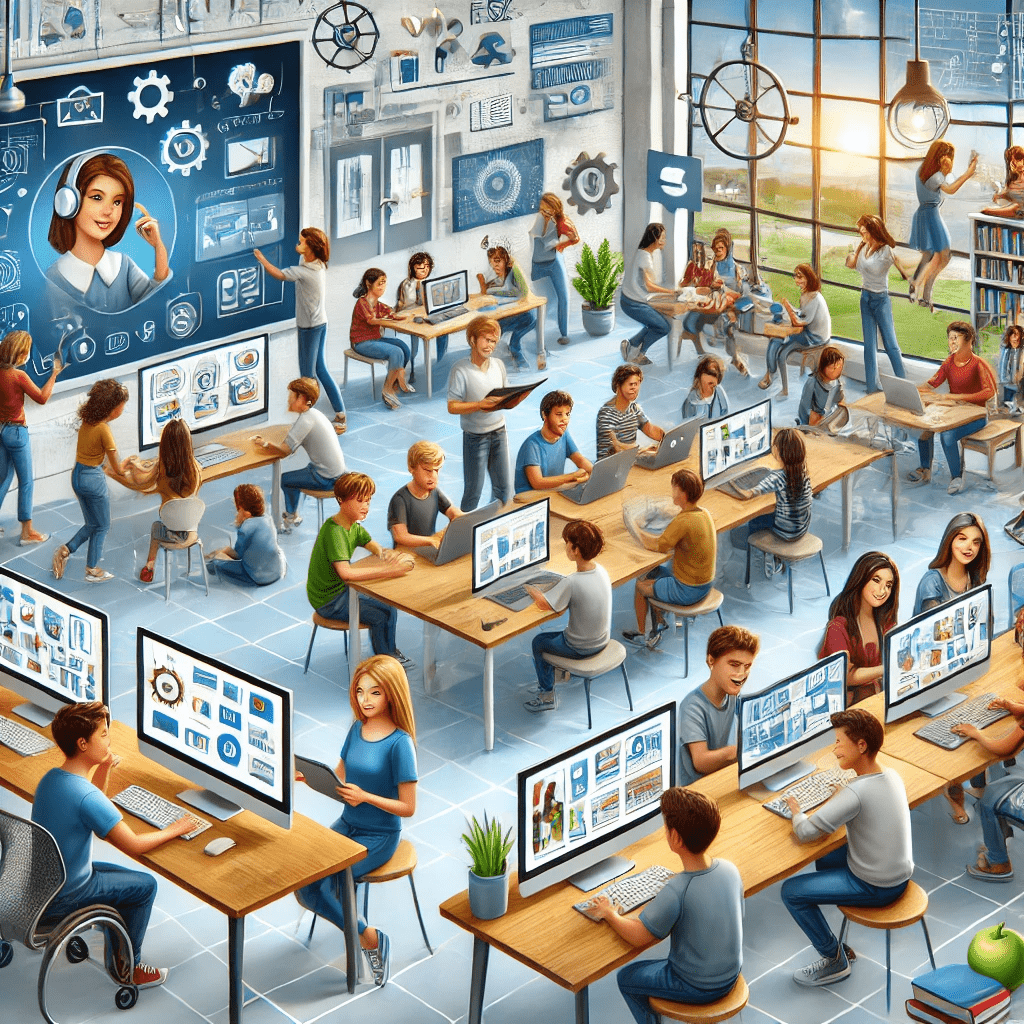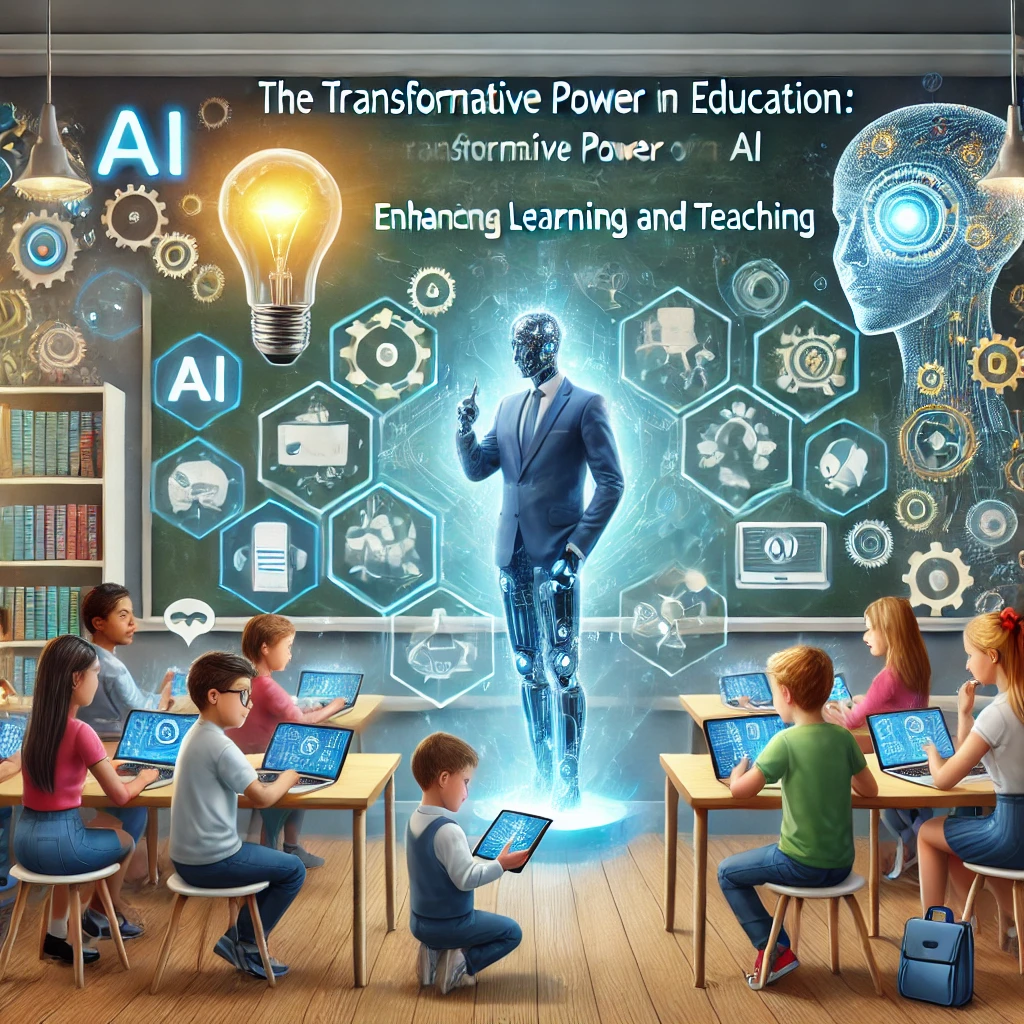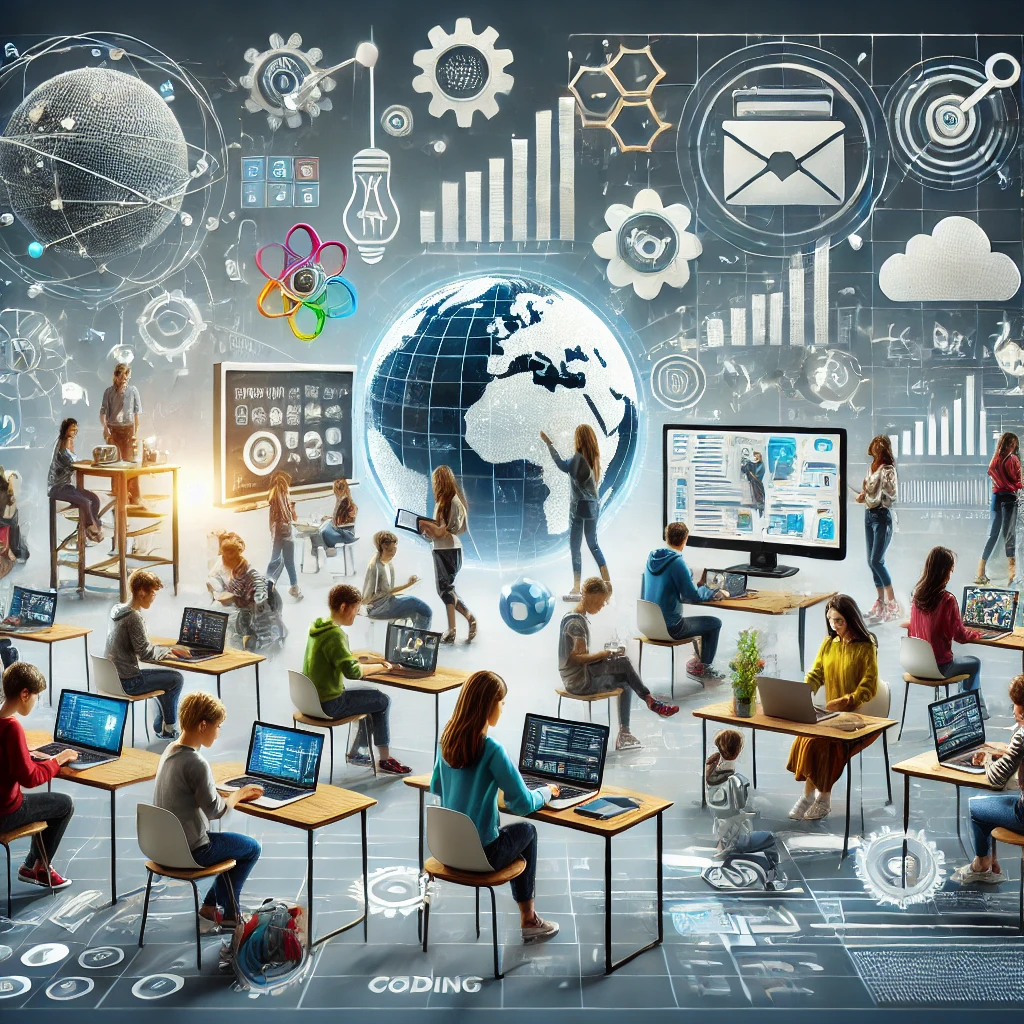The Benefits of Combining Education with Technology
- Posted by Lucas Larsen (Denmark)
- Categories Computing in Education, Tech Integration Strategies
- Date June 26, 2024
Enhancing Accessibility and Flexibility
Online Learning Platforms
Online learning platforms have made education more accessible than ever before. Students from various geographical locations can now access quality education without the need to relocate.
- Global Access: Platforms like Coursera, edX, and Khan Academy provide courses from top universities and institutions worldwide, making education accessible to anyone with an internet connection.
- Flexible Scheduling: Online courses offer flexibility, allowing students to learn at their own pace and on their own schedule. This flexibility is particularly beneficial for working professionals and those with other commitments.
Assistive Technologies
Assistive technologies have opened up new opportunities for students with disabilities, ensuring that education is inclusive and accessible to all.
- Text-to-Speech Software: Tools like Google Text-to-Speech and JAWS provide support for visually impaired students by converting written text into spoken words.
- Speech Recognition Software: Programs like Dragon NaturallySpeaking help students with physical disabilities by allowing them to dictate their work instead of typing.
Enhancing Engagement and Interactivity
Interactive Learning Tools
Combining education with technology introduces interactive learning tools that engage students and make learning more enjoyable.
- Educational Games: Platforms like Kahoot! and Quizlet turn learning into a fun and interactive experience through educational games and quizzes.
- Virtual Reality (VR): VR technologies immerse students in realistic simulations, making subjects like history, science, and geography come to life.
Collaborative Learning
Technology fosters collaborative learning by connecting students and teachers from around the world.
- Virtual Classrooms: Tools like Zoom and Microsoft Teams facilitate real-time communication and collaboration, enabling students to participate in group discussions and projects, regardless of their location.
- Social Media: Platforms like Facebook and LinkedIn groups allow students to share ideas, resources, and collaborate on assignments.
Personalizing the Learning Experience
Adaptive Learning Technologies
Adaptive learning technologies tailor educational content to meet the individual needs of each student.
- Personalized Learning Paths: Tools like DreamBox and Smart Sparrow use data analytics to assess a student’s learning style and progress, delivering customized lessons and exercises.
- Real-Time Feedback: These technologies provide immediate feedback, allowing students to understand their strengths and areas for improvement and adjust their learning strategies accordingly.
Artificial Intelligence (AI) in Education
AI technologies play a significant role in personalizing education and providing targeted support.
- Intelligent Tutoring Systems: AI-powered tutors like Carnegie Learning and Thinkster Math offer personalized instruction and support in subjects like math and science.
- Predictive Analytics: AI tools analyze student data to predict academic performance and identify students who may need additional support, enabling proactive interventions.
Enhancing Teacher Efficiency and Effectiveness
Administrative Tools
Technology streamlines administrative tasks, allowing teachers to focus more on instruction and student engagement.
- Learning Management Systems (LMS): Platforms like Moodle and Blackboard simplify course management, grading, and communication, making it easier for teachers to organize and deliver their courses.
- Automated Grading: Tools like Gradescope and Turnitin speed up the grading process, providing teachers with more time to spend on lesson planning and student support.
Professional Development
Technology offers teachers numerous opportunities for professional development and collaboration.
- Online Courses and Webinars: Platforms like Coursera for Educators and Edutopia provide access to a wide range of professional development courses and resources.
- Teacher Communities: Online communities and forums enable teachers to share best practices, resources, and support each other in their professional growth.
Preparing Students for the Future
Developing Digital Literacy
Combining education with technology equips students with essential digital literacy skills needed in the modern workforce.
- Computer Skills: Learning to use software applications, coding, and understanding cybersecurity are critical skills for the future.
- Information Literacy: Students learn to navigate the vast amount of information available online, developing skills to evaluate sources and use information effectively.
Promoting Lifelong Learning
Technology fosters a culture of lifelong learning by providing continuous access to educational resources.
- Continuous Learning Platforms: Platforms like LinkedIn Learning and Udacity offer courses and certifications that professionals can pursue throughout their careers.
- Open Educational Resources (OER): Free resources like MIT OpenCourseWare and Khan Academy provide opportunities for self-directed learning at any stage of life.
Conclusion
Combining education with technology offers numerous benefits, from enhancing accessibility and engagement to personalizing learning and preparing students for the future. As technology continues to evolve, its integration into education will only become more critical. By embracing these advancements, educators and students can create a more dynamic, inclusive, and effective learning environment.
External Link: For more insights on the benefits of technology in education, visit EdTech Magazine.
Embrace the power of technology in education and unlock new opportunities for learning and growth.
To read more articles like this, visit: Regent Studies




